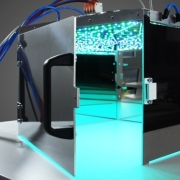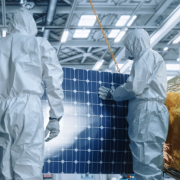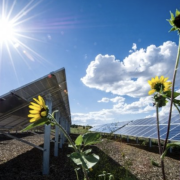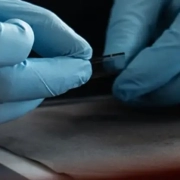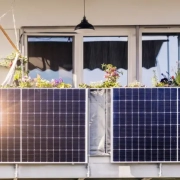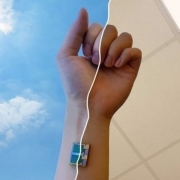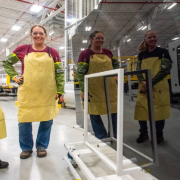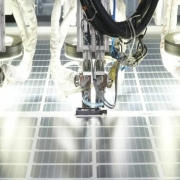Germany’s MBJ Solutions, a PV industry equipment specialist, recently launched the MBJ Steady State Sun Simulator, designed for small perovskite module characterization, and the MBJ Light Soaking Unit, made for perovskite device aging tests and preconditioning.
The market for the MBJ Solutions equipment is international, according to Volker Biemann, MBJ solutions product manager. “We have customers all over the world but mainly Europe, US and Southeast Asia,” Biemann told pv magazine.
The MBJ Steady State Sun Simulator, featuring a 500 mm x 500 mm measuring area, is made for teams developing a range of device sizes, from cells to small modules. It has a continuous Class A+ sun simulator, compliant with IEC 60904-9 Ed.3. The 22-LED unit has extended ultraviolet and infrared extended spectrum. The spectral coverage and deviation are > 98% and < 24%, respectively, It is compact, with an integrated 5 megapixel electroluminescence camera.
Click here to read the full article
Source: PV Magazine
—
If you have any questions or thoughts about the topic, feel free to contact us here or leave a comment below.

